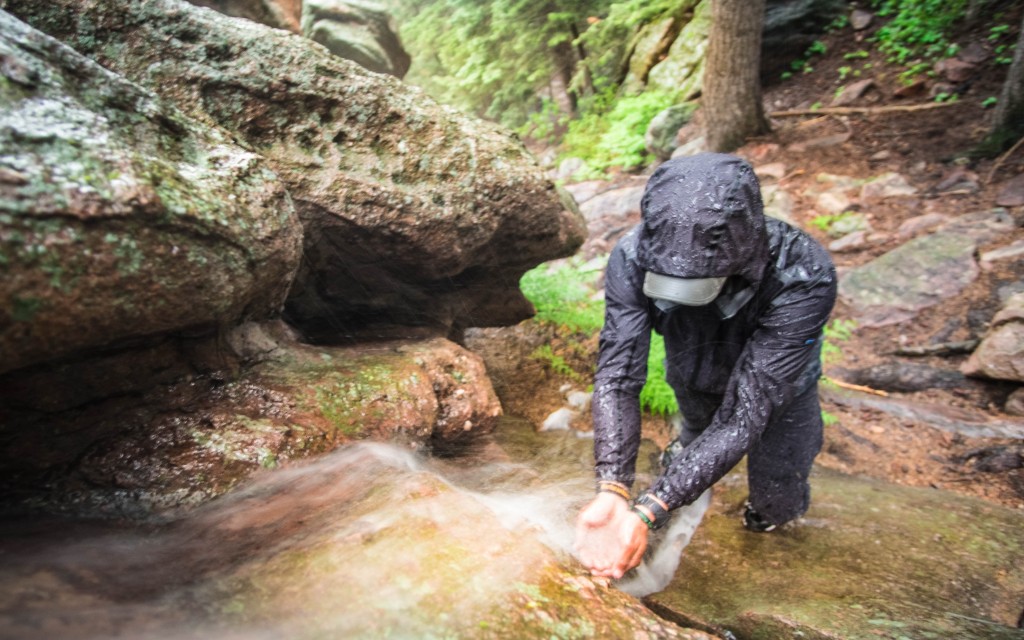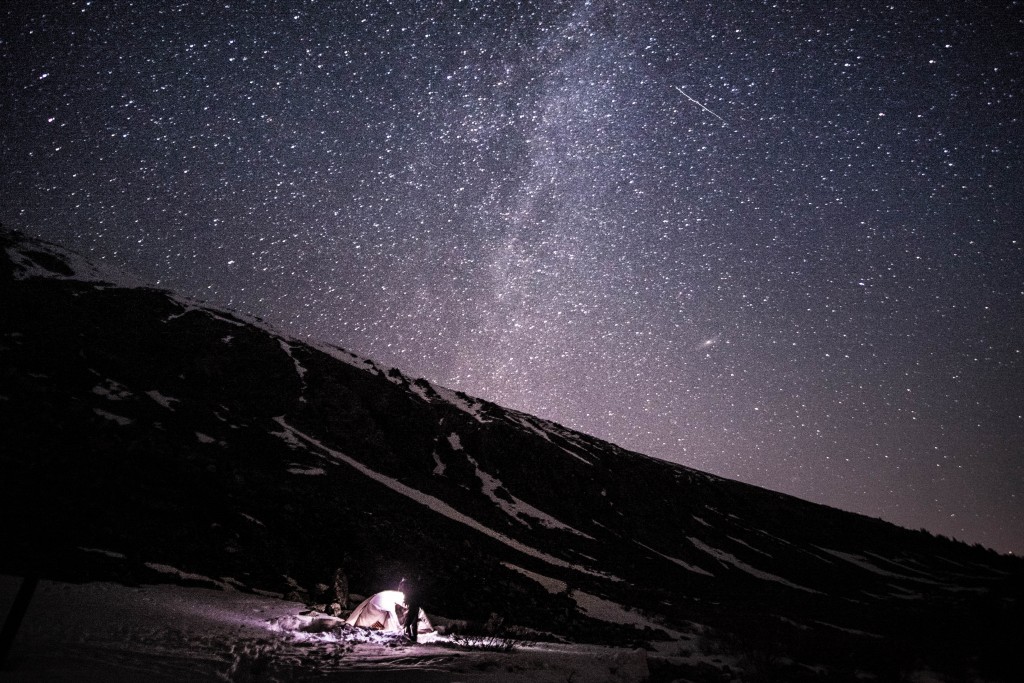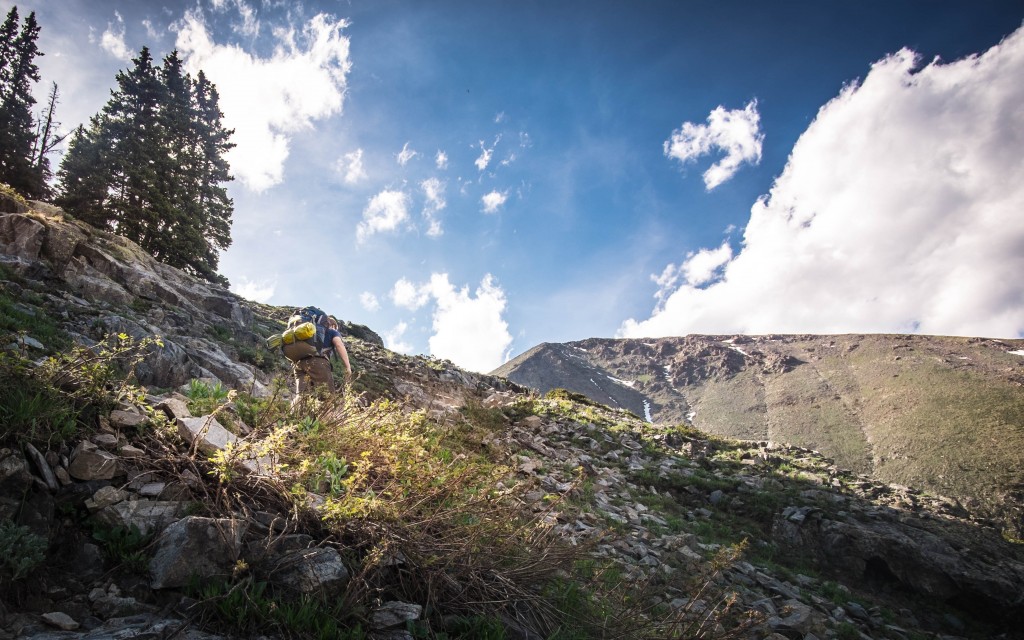5 Tips for Beginner Backpackers: Summer Gear
Share
So, you want to go backpacking, but you're not sure where to start. What gear will you need? How do you choose a spot? What should you do if there's an emergency, or *gulp* a bear? Fear not! As summer camping weather quickly approaches, we've compiled a three part series to get you packing down the right trail. (Find me on instagram @marjar147)
1) Summer 10 Essentials.
 If you're a day hiker, you may already be familiar with this one, but these are the ten categories of items that have been deemed necessary in case of (or to prevent) an emergency on trail.
If you're a day hiker, you may already be familiar with this one, but these are the ten categories of items that have been deemed necessary in case of (or to prevent) an emergency on trail.
- Navigation, or a way to find yourself: This may be GPS, map and compass, or crystal ball. - Sun protection: Sunglasses, goggles, hat, umbrella (yes these are great multi-use contraptions), bandana, sunscreen, pants or long sleeves - basically any way to prevent the sun from damaging your skin or eyes. - Cold protection: Extra socks, gloves, vest or lighter weight jacket, warm hat, rain gear. Hypothermia and soaking clothes are no fun for anyone. - Illumination: headlamp, flashlight, lantern, or jar with fireflies. Even if you plan on camping somewhere that allows a fire, you’ll need to be able to see at night beyond the glow of the fire ring. - Multi-tool: generally a more grandiose version of a swiss army knife, these little babies come with a knife, scissors, pliers, and more. - First-aid kit: You can purchase kits pre-made or self assemble. We’ll talk a little more about what goes in these in the third volume of this series. - Food: probably goes without saying, but bring food, and enough of it. - Water: depending on where you’re exploring, you’ll need to carry a little to a lot of water. You’ll also need a way to purify the water you find on trail. - Emergency shelter and rope to tie it: you can buy these pre packaged or simply go to your local hardware store to purchase a tarp. This is anything you can put up to keep wind/rain off yourself in a pinch. - Fire or a way to start one if needed
2) Create a gear list.
This should include items such as the ten essentials, tent or hammock, sleeping bag, sleeping pad, stove and/or cookware, and teddy (so you can make friends with the locals). Rest assured you will modify your list as you gain experience in the great outdoors and will then be able to easily add or delete items until you have a list that perfectly caters to you and your needs. Here is an example of what you might bring for a summer backpacking trip:
ELECTRONICS: -Cellphone charger and usb cord -Watch Phone/communication device
CAMPING: -Emergency Tarp -Tent -Sleeping bag (and liner if cold) -Sleeping pad -Trash bags -Pillow
FOOD -Dehydrated meals -Jerky -Shotblocks/electrolyte snack -Water Filtration/iodine -Instant coffee -Stove -Gas -Lighter -Thermos -Spoon -Sit pad
SURVIVAL -Two headlamps -Sunglasses -Sunscreen -Bathroom (TP, bag for trash, shovel, hand sanitizer) -Map and compass and pencil -Multi tool -Para Cord -Marking tape -First aid/Sam splint -Whistle Bear spray
CLOTHES -Gators -Glove liners -Beanie -Two pair socks -Merino wool long sleeve pullover -Rain/wind jacket -Rain pants leggings -Buff or bandana
3) Try and Try again.
 You won't know what gear works for you and what doesn't until you actually use it. What feels great in the store might not on trail. No worries, this is par for the course for many an outdoors-person. Don't be afraid to continue to try gear until you find the one that works for you. Does your friend have a piece of gear that they love? Ask them if you can borrow it for a weekend. Maybe try the brand promo at your local rental shop. Once you find that piece of gear that works, you'll be glad you didn't settle for the rest.
You won't know what gear works for you and what doesn't until you actually use it. What feels great in the store might not on trail. No worries, this is par for the course for many an outdoors-person. Don't be afraid to continue to try gear until you find the one that works for you. Does your friend have a piece of gear that they love? Ask them if you can borrow it for a weekend. Maybe try the brand promo at your local rental shop. Once you find that piece of gear that works, you'll be glad you didn't settle for the rest.
4) Leave those "just in case" items at home.
That extra down puffy, second pair of sandals, and your Teddy's friend Charlie the Unicorn don't need to come along. Seriously, your back, your legs, and your psyche will thank you later, especially if you're going on a longer trek.
5) Test run on a day hike...or even your backyard.
 Choose a trail you're familiar with. It should be long enough for you to feel the weight of your pack and also have a spot for you to stop to set up your gear as if you were going to spend the night. It might sound a little crazy, but this exercise will serve to give you the experience of backpacking without the commitment. In setting up your camp, you'll realize how much time you need to do so (helps with planning), if you're missing anything, or have too much of something else. You'll get to see what it's like to repack your bag the next day (every backpacker's favorite part...) and hike back out.
Choose a trail you're familiar with. It should be long enough for you to feel the weight of your pack and also have a spot for you to stop to set up your gear as if you were going to spend the night. It might sound a little crazy, but this exercise will serve to give you the experience of backpacking without the commitment. In setting up your camp, you'll realize how much time you need to do so (helps with planning), if you're missing anything, or have too much of something else. You'll get to see what it's like to repack your bag the next day (every backpacker's favorite part...) and hike back out.